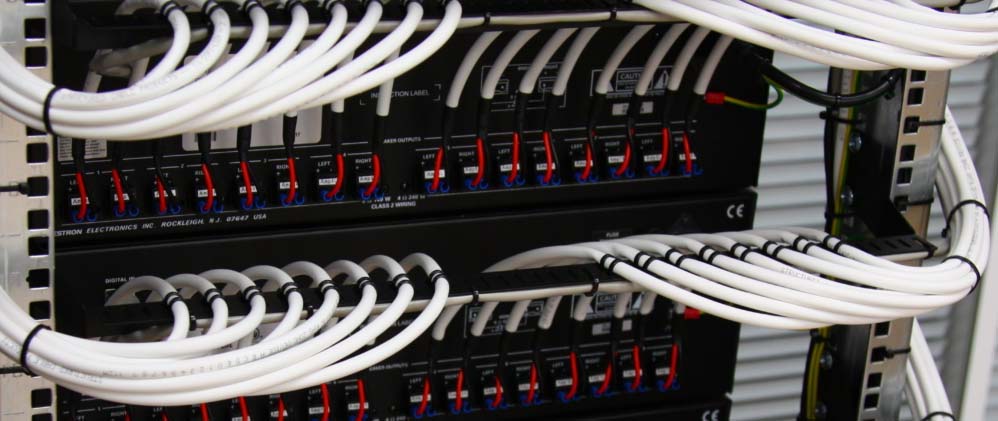
Our Structure Cabling Installation solution provides a comprehensive infrastructure for data, voice, and video communication within a building or campus. It involves a standardized approach to cabling and connectivity, ensuring flexibility, scalability, and efficiency. Here are the key components of a structured cabling solution that we usually offer:
Cabling infrastructure
- Copper cabling: This includes Category 5e, Category 6, Category 6A, or higher-rated cables for Ethernet connectivity. Copper cabling is commonly used for shorter distances and provides reliable performance for data and voice applications.
- Fiber optic cabling: Fiber optic cables offer higher bandwidth and longer reach compared to copper cabling. They are suitable for high-speed data transmission, video, and other bandwidth-intensive applications. Single-mode and multimode fiber options are available depending on distance requirements.
- Backbone cabling: Backbone cabling connects telecommunication rooms and equipment rooms, forming the main network distribution paths. It typically uses fiber optic cables to handle high-speed data traffic between different areas of the building or campus.
Patch panels and connectivity
- Patch panels: These provide termination points for cables, allowing easy connection and management of network devices. Patch panels are typically mounted in telecommunication rooms and serve as central points for patching connections. Our Structure Cabling Installation always recommend patch panels for ease maintenance
- Patch cords: These short cables connect network devices, such as computers, switches, and routers, to the patch panels. Patch cords are available in various lengths and are terminated with connectors compatible with the chosen cabling type (copper or fiber).
Cable management
- Cable trays and conduits: These provide organized pathways for routing and supporting cables throughout the building. Cable trays are typically used in open ceilings or overhead installations, while conduits are used for concealed installations within walls or under floors.
- Cable management panels: These panels help organize and secure cables, minimizing cable congestion and ensuring proper airflow. They are commonly used in racks and cabinets to maintain a neat and manageable cabling system.
If you are interested in our services, please dont hesitate to contact our sales here.
